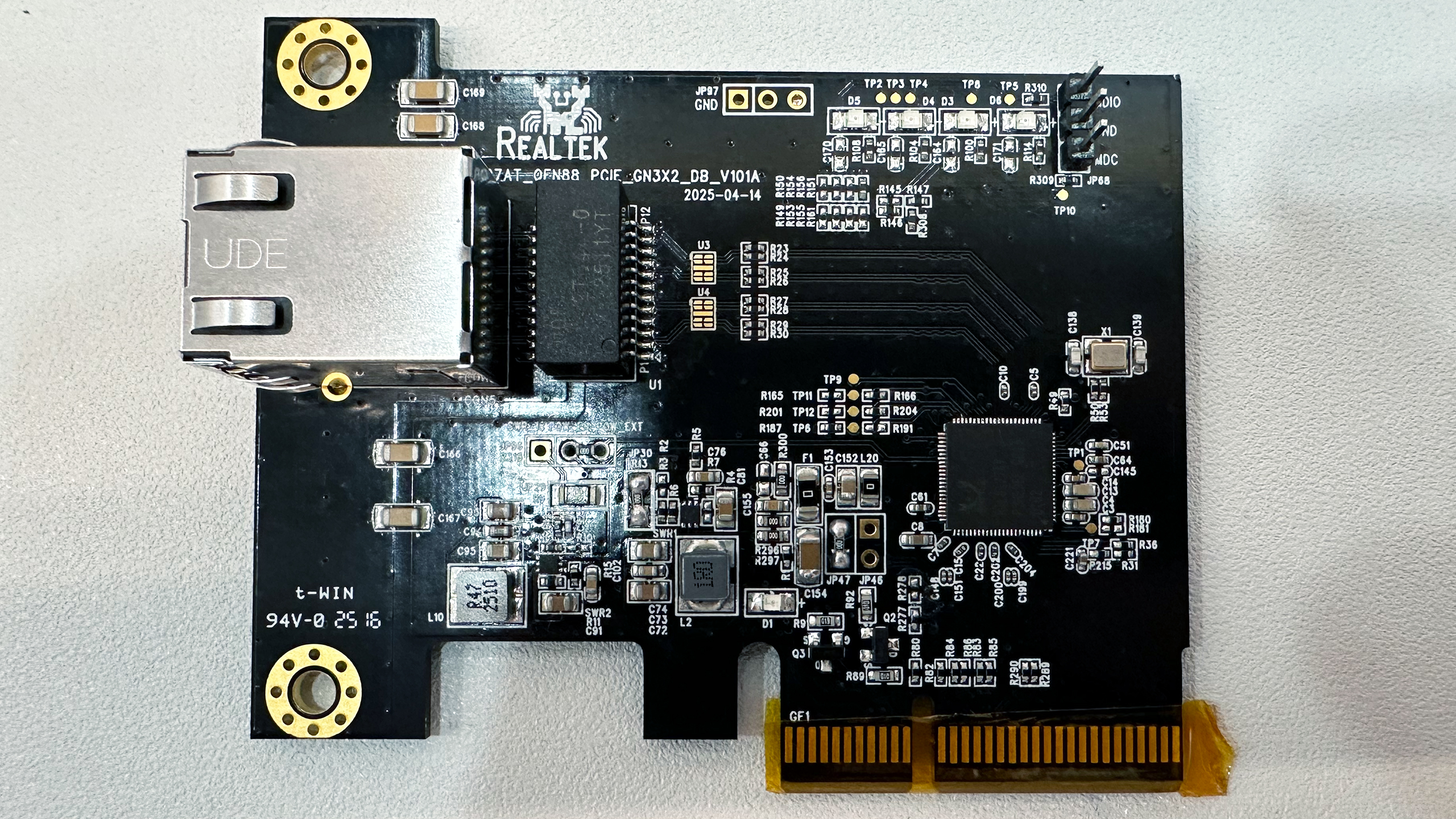Operation Narnia: Iran’s nuclear scientists reportedly killed simultaneously using special weapon
-
The nuclear scientists were killed using a special weapon whose details were barred from publication, Channel 12 says.
The 10th nuclear scientist was killed shortly after the other nine, as part of the overnight Thursday-Friday Israeli operation, which included strikes on Iran’s ballistic missile program and the Natanz nuclear site, along with the elimination of top members of the Islamic Republic’s military leadership, the network says.
The nuclear scientists were all killed while they were sleeping in their beds, with Israel deciding to carry out the assassinations simultaneously so that there wouldn’t be time to tip off those being targeted.
The scientists apparently believed they were safe from such targeting in their homes, a senior Israeli official tells Channel 12, noting that previously assassinated nuclear scientists were killed while heading to their cars after work.
Israel had been tracking Iranian nuclear scientists for years and the ten killed last week were marked for assassination in November of last year, Channel 12 says.
Just when I feel like dystopian news can't really disturb me anymore...
Leaving this totally unrelated article about Palantir and Israel here for absolutely no reason at all...
How Israel Uses AI in Gaza—And What It Might Mean for the Future of Warfare:
A program known as “The Gospel” generates suggestions for buildings and structures militants may be operating in. “Lavender” is programmed to identify suspected members of Hamas and other armed groups for assassination, from commanders all the way down to foot soldiers. “Where’s Daddy?” reportedly follows their movements by tracking their phones in order to target them—often to their homes, where their presence is regarded as confirmation of their identity. The air strike that follows might kill everyone in the target's family, if not everyone in the apartment building.
Abraham, whose report relies on conversations with six Israeli intelligence officers with first-hand experience in Gaza operations after Oct. 7, quoted targeting officers as saying they found themselves deferring to the Lavender program, despite knowing that it produces incorrect targeting suggestions in roughly 10% of cases.
The Zola algorithm is real
-
No tinfoil needed, has it not been confirmed that Netanyahu was aware of the attacks and let them happen?
I don’t believe that has been confirmed, but I could be wrong.
Edit: I stand corrected.
-
Who upvotes this shit? Are people here really this naive?
I don’t see how that is naive at all. We prop Israel up. If the president calls Bibi and threatens to stop all aid, unless they imposed a ceasefire, it would happen. They have so much power, tech and weaponry because we give it to them. If we pointed the barrel of the most powerful military on earth at them, they would cease immediately.
-
It's civilian scientists working on nuclear energy we are talking about.
You're part of the problem.
It's civilian scientists working on nuclear energy we are talking about.
Is it though? What level of enrichment do they need for a nuclear energy program, and what level of enrichment were they at? I think it’s naive to say they weren’t working on a weapon.
I’m not saying it justifies killing civilian scientists, but we ought to be honest about the why.
-
Every military makes plans for any contingency,
In defense, to respond to an attack.
The word contingency is important.If the military is planning acts of aggression then that is called preparing for war.
Militaries tend to do both this things.
-
It's civilian scientists working on nuclear energy we are talking about.
Is it though? What level of enrichment do they need for a nuclear energy program, and what level of enrichment were they at? I think it’s naive to say they weren’t working on a weapon.
I’m not saying it justifies killing civilian scientists, but we ought to be honest about the why.
Where is the evidence that they are working on a weapon? There are people getting murdered because people have become brainwashed enough to just assume Iran is working on a nukes.
I'm just saying, killing civilians on the basis of assumption is a pretty terrorist move and feels very similar to how Iraq was bombed to hell by America. But hey, that's just my 2 cents.
-
Where is the evidence that they are working on a weapon? There are people getting murdered because people have become brainwashed enough to just assume Iran is working on a nukes.
I'm just saying, killing civilians on the basis of assumption is a pretty terrorist move and feels very similar to how Iraq was bombed to hell by America. But hey, that's just my 2 cents.
According to the IAEA, the Natanz site was producing uranium enriched to 60% u-235.
For electricity, you need 3-5% u-235.
That’s not an energy program, that’s a weapons program.
-
It got more legal a few years ago, I think. Not explicitly "made legal", but the legal foundations have been eroded. I.e. if you can expect to get away with something it is legal in a very real sense.
It's always been practically legal for empires like the US, Russia, China to commit any atrocities in weak countries, More and more countries are seeing how much they can get away with.
Netanyahu tested the limits over and over and saw there were really quite few legal limits. With Gaza, he saw the limits didn't actually exist at all.
I have mixed feelings - Gaza clearly shows a "worse way" to do warfare, but that doesn't move the needle on how bad it is to say: "Welp, there's a 90% chance that somewhere in this building is somebody associated with a group that we don't like, so take it down tonight while everyone is home sleeping."
-
I'm surprised there aren't more high level assassinations.
I'm surprised they're publicly announcing this one.
-
Here you go, I have FACTS what have you got?
https://ebeggin.substack.com/p/ratlines-nato-and-the-fourth-reich
https://www.businessinsider.com/former-nazi-officials-in-germany-post-world-war-ii-government-2016-10?r=US&IR=T
https://www.dispropaganda.com/single-post/2019/04/04/natos-secret-nazi-past
https://www.youtube.com/watch?v=UB_Gs-0dhOoUS/UK also had no problem taking Spain, Portugal, Greece and other completely fascist countries in NATO.
Capitalism and fascism have always been good friends.
Sounds like those guys were good at their jobs - jobs which demand following orders.
When you're putting together a military force, do you want to train every level of it to think for themselves and only follow the "good" orders?
-
I don’t believe that has been confirmed, but I could be wrong.
Edit: I stand corrected.
Looked it up because I wanted to be sure...
Here's Netanyahu passing the buck:
At the very least, the information was out there and either he knew it and allowed it to happen (maybe wasn't aware it would be that successful), or was grossly incompetent and derelict in his duties.
-
Few things say "you need a nuke, you need it right now" like foreign states killing your scientists, in their beds in the dead of night
One of those things is a genocidal theocratic ethnostate killing your military leaders.
-
I don’t believe that has been confirmed, but I could be wrong.
Edit: I stand corrected.
It's confirmed. As is Israel funding Hamas.
-
Sounds like those guys were good at their jobs - jobs which demand following orders.
When you're putting together a military force, do you want to train every level of it to think for themselves and only follow the "good" orders?
Okay buddy Nazi sympathetizer
-
This is state sanctioned mass murder. This is state terror attacks across a national border. This is so unethical and obviously illegal, I don't know what else to say about it.
We need to distance ourselves from Israel. We need to stop giving them weapons. Right now, the taxes I pay go partially to arming them, I am partially responsible, and this is not "ok". I do not want to be doing this, I never wanted this...
state terror
Yeah, the 'protocols of the elders of zion' larpers dont do anything else
need to stop
I think it's a few years late for purely negative action to be useful here.
We let this get too far out of hand. The question is: glass some LARPers, or world war 3? If the former is not on the table, the latter is inevitable.
-
Looked it up because I wanted to be sure...
Here's Netanyahu passing the buck:
At the very least, the information was out there and either he knew it and allowed it to happen (maybe wasn't aware it would be that successful), or was grossly incompetent and derelict in his duties.
Thank you. The depths of that man’s evil never cease to amaze me.
-
Since when is it legal to kill civilian scientists in another country?
Since you're just larping your fav book when you do it
-
Sounds like those guys were good at their jobs - jobs which demand following orders.
When you're putting together a military force, do you want to train every level of it to think for themselves and only follow the "good" orders?
Thanks person from the Meloni Mussolini country
-
Since when is it legal to kill civilian scientists in another country?
When they're not european.
-
The nuclear scientists were killed using a special weapon whose details were barred from publication, Channel 12 says.
The 10th nuclear scientist was killed shortly after the other nine, as part of the overnight Thursday-Friday Israeli operation, which included strikes on Iran’s ballistic missile program and the Natanz nuclear site, along with the elimination of top members of the Islamic Republic’s military leadership, the network says.
The nuclear scientists were all killed while they were sleeping in their beds, with Israel deciding to carry out the assassinations simultaneously so that there wouldn’t be time to tip off those being targeted.
The scientists apparently believed they were safe from such targeting in their homes, a senior Israeli official tells Channel 12, noting that previously assassinated nuclear scientists were killed while heading to their cars after work.
Israel had been tracking Iranian nuclear scientists for years and the ten killed last week were marked for assassination in November of last year, Channel 12 says.
Just when I feel like dystopian news can't really disturb me anymore...
Leaving this totally unrelated article about Palantir and Israel here for absolutely no reason at all...
How Israel Uses AI in Gaza—And What It Might Mean for the Future of Warfare:
A program known as “The Gospel” generates suggestions for buildings and structures militants may be operating in. “Lavender” is programmed to identify suspected members of Hamas and other armed groups for assassination, from commanders all the way down to foot soldiers. “Where’s Daddy?” reportedly follows their movements by tracking their phones in order to target them—often to their homes, where their presence is regarded as confirmation of their identity. The air strike that follows might kill everyone in the target's family, if not everyone in the apartment building.
Abraham, whose report relies on conversations with six Israeli intelligence officers with first-hand experience in Gaza operations after Oct. 7, quoted targeting officers as saying they found themselves deferring to the Lavender program, despite knowing that it produces incorrect targeting suggestions in roughly 10% of cases.
- what a stupid fucking name
- why does Israel get to have nuclear weapons
- why does no one ask question 2






